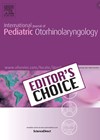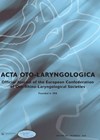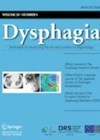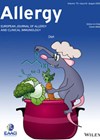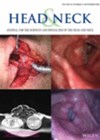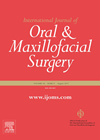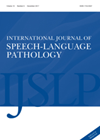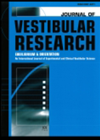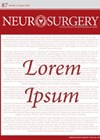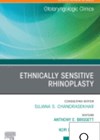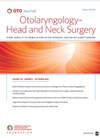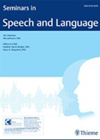
Journal Reviews archive for November 2020
Lockdown has been bad for children, but it might mean they don’t need surgery anymore
Our editor’s choice for this edition reviews an article looking at the effects of lockdown on symptom prevalence in children with adenotonsillar diseases. In this unprecedented COVID-19 era that we are all living and working in, risk assessment has taken...
Vestibular migraine or BPPV?
There are close similarities between benign paroxysmal positional vertigo (BPPV) and vestibular migraine (VM) as both can be presented by positional nystagmus. Though BPPV remains the commonest cause of pure positional vertigo, VM can mimic this condition. This study is...
Dysphagia following intubation during the COVID-19 pandemic
Dysphagia is a known sequela of mechanical ventilation and intubation. About a third of patients discharged from hospital after acute respiratory distress syndrome present with dysphagia. The authors of this review have considered the implications for patients intubated due to...
Those little friends in our noses
Human microbiota plays an important role in both health and disease including metabolism, immunomodulation, and a potential role in chronic inflammatory conditions such as chronic rhinosinusitis (CRS). The authors aimed to investigate the sinonasal microbiome using 16S rRNA gene sequencing...
Predicting the need for salvage laryngectomy
The treatment of laryngeal cancer has seen a shift towards organ preservation strategies with non-surgical treatment offering equivalent survival outcomes. Nonetheless, salvage total laryngectomy (SLT) remains an important curative management option in cases of treatment failure or recurrence. The authors...
Brown classification of a maxillary defect and prognosis
This is a retrospective study from Peking over the 10-year period, 2000-2010, for 137 patients with maxillary squamous cell carcinoma assessed. The overall survival rate was comparable with other studies at 64.8%. The most common Brown maxillary defect was 2b...
How long is too long? Waiting times for speech and language therapy
Waiting lists are a reality of clinical practice, and many health and social care professionals become used to having to cope with this. The authors of this paper addressed this issue by examining written submissions to the 2014 Senate Inquiry...
A predictor of successful treatment of posterior canal BPPV
Reversal of nystagmus on returning to the upright sitting position from the Hallpike position is a common observation. However, its relevance as a predictor of a successful canal repositioning manoeuvre (CRM) is not known, hence this study. The retrospective study...
Olfactory protective effect of omega-3 supplements during healing after endoscopic sellar and parasellar resection
This multicentre study, led by researchers from Stanford, demonstrates another use for omega-3 supplements. The study analysed cohorts equally divided between control arm and omega-3 supplementation. Post endoscopic sellar and parasellar resection, better olfactory function was observed at three and...
Performing ethnic aesthetic rhinoplasty
This article reviews principles of performing rhinoplasty in non-Caucasian patients, exploring patient expectations based on differences in race, ethnicity and culture. One of the main challenges is a lack of well-established ideal facial measurements for different non-Caucasian groups. The authors...
Eustachian tube dysfunction usually improves following endoscopic sinus surgery
This study investigated effects of endoscopic sinus surgery (ESS) on eustachian tube dysfunction (ETD) and factors associated with improvement. This was a retrospective study which included 302 patients over 17 years old who underwent ESS between 1 December 2016 and...
Evidence-based clinical education
All healthcare professionals participate in education of students in both their own and other disciplines. It is part of our role and we are often used to squeezing it in and around our clinical responsibilities. In fact, the events during...

